Peter Vouras
The IEEE Signal Processing Society's Leading Role in Developing Standards for Computational Imaging and Sensing: Part II
Oct 06, 2025Abstract:In every imaging or sensing application, the physical hardware creates constraints that must be overcome or they limit system performance. Techniques that leverage additional degrees of freedom can effectively extend performance beyond the inherent physical capabilities of the hardware. An example includes synchronizing distributed sensors so as to synthesize a larger aperture for remote sensing applications. An additional example is integrating the communication and sensing functions in a wireless system through the clever design of waveforms and optimized resource management. As these technologies mature beyond the conceptual and prototype phase they will ultimately transition to the commercial market. Here, standards play a critical role in ensuring success. Standards ensure interoperability between systems manufactured by different vendors and define industry best practices for vendors and customers alike. The Signal Processing Society of the Institute for Electrical and Electronics Engineers (IEEE) plays a leading role in developing high-quality standards for computational sensing technologies through the working groups of the Synthetic Aperture Standards Committee (SASC). In this column we highlight the standards activities of the P3383 Performance Metrics for Integrated Sensing and Communication (ISAC) Systems Working Group and the P3343 Spatio-Temporal Synchronization of a Synthetic Aperture of Distributed Sensors Working Group.
Spatiotemporal Synchronization of Distributed Arrays using Particle-Based Loopy Belief Propagation
Apr 01, 2025



Abstract:Sensing and imaging with distributed radio infrastructures (e.g., distributed MIMO, wireless sensor networks, multistatic radar) rely on knowledge of the positions, orientations, and clock parameters of distributed apertures. We extend a particle-based loopy belief propagation (BP) algorithm to cooperatively synchronize distributed agents to anchors in space and time. Substituting marginalization over nuisance parameters with approximate but closed-form concentration, we derive an efficient estimator that bypasses the need for preliminary channel estimation and operates directly on noisy channel observations. Our algorithm demonstrates scalable, accurate spatiotemporal synchronization on simulated data.
K-Space Beamforming for an Array of Quantum Sensors
Dec 27, 2023Abstract:In this paper we present a novel beamforming technique that can be used with an array of quantum sensors. The transmit waveform is a short-duration frequency comb constructed using a finite number of sinusoidal tones separated by a fixed offset. Each element in the array is tuned to one of the tones. When the radiated signal is received by the aperture, each array element accumulates phase at a different rate since it is matched to only one frequency component of the comb waveform. The result is that over the duration of the received pulse, progressively higher spatial frequencies are generated across the aperture. By summing the outputs of all the array elements, a strong peak is created in k-space at the precise time instant when the phases of all the array elements align. The k-space coordinates of the output can then be transformed to angles as discussed in the paper. This paper also describes how to set waveform parameters and the separation between array elements. A desirable advantage of the proposed approach is that the received signal is amplified by the coherent integration gain of the entire spatial aperture.
Phase Retrieval for Rydberg Quantum Arrays
Feb 05, 2023


Abstract:Rydberg-aided atomic electrometry using alkali-metal atoms is gaining increased research interest for detecting external electric fields. However, the inability of Rydberg probes to detect phase is a serious impediment to their realistic deployment. In this paper, we derive a novel phase retrieval algorithm for use in a phased array or synthetic aperture applications where only measurements of electric field intensity are possible at each spatial sample. These array configurations exist if a Rydberg atom probe is used in place of an antenna. We employ three-stage alternating projections to solve the resulting optimization problem. Our numerical experiments demonstrate the effectiveness of the proposed algorithm in terms of beamformed array output.
An Overview of Advances in Signal Processing Techniques for Classical and Quantum Wideband Synthetic Apertures
May 11, 2022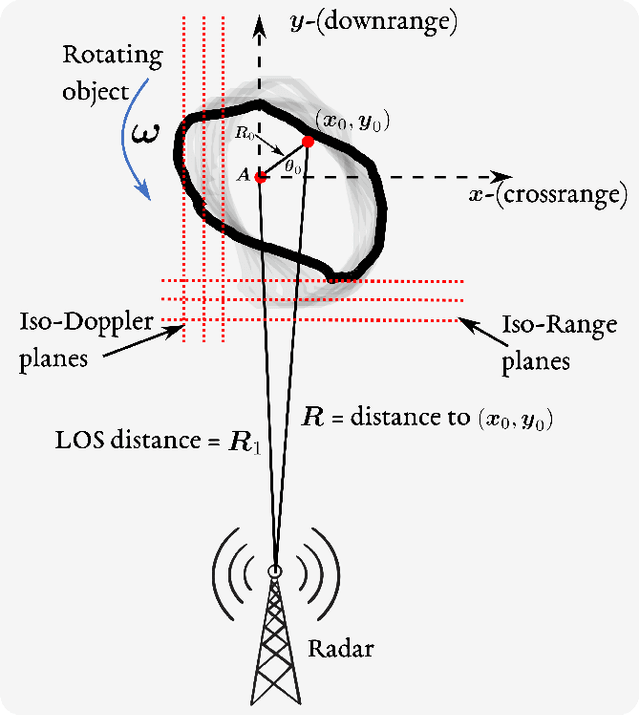
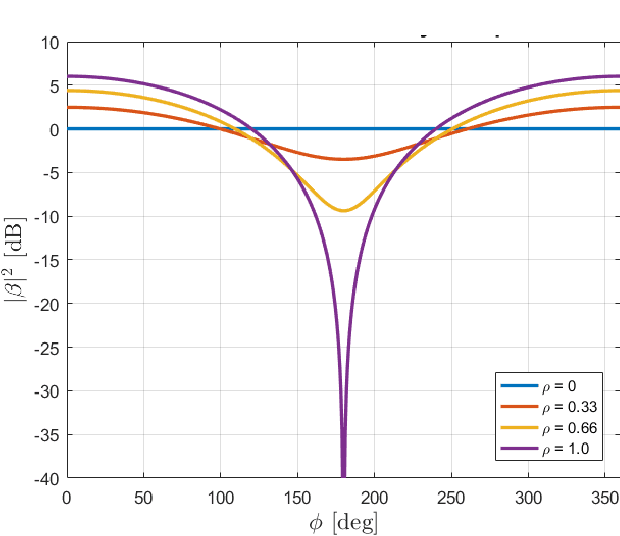
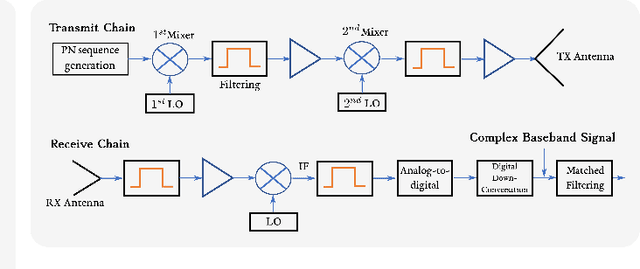

Abstract:Rapid developments in synthetic aperture (SA) systems, which generate a larger aperture with greater angular resolution than is inherently possible from the physical dimensions of a single sensor alone, are leading to novel research avenues in several signal processing applications. The SAs may either use a mechanical positioner to move an antenna through space or deploy a distributed network of sensors. With the advent of new hardware technologies, the SAs tend to be denser nowadays. The recent opening of higher frequency bands has led to wide SA bandwidths. In general, new techniques and setups are required to harness the potential of wide SAs in space and bandwidth. Herein, we provide a brief overview of emerging signal processing trends in such spatially and spectrally wideband SA systems. This guide is intended to aid newcomers in navigating the most critical issues in SA analysis and further supports the development of new theories in the field. In particular, we cover the theoretical framework and practical underpinnings of wideband SA radar, channel sounding, sonar, radiometry, and optical applications. Apart from the classical SA applications, we also discuss the quantum electric-field-sensing probes in SAs that are currently undergoing active research but remain at nascent stages of development.
A Framework for Developing Algorithms for Estimating Propagation Parameters from Measurements
Sep 13, 2021
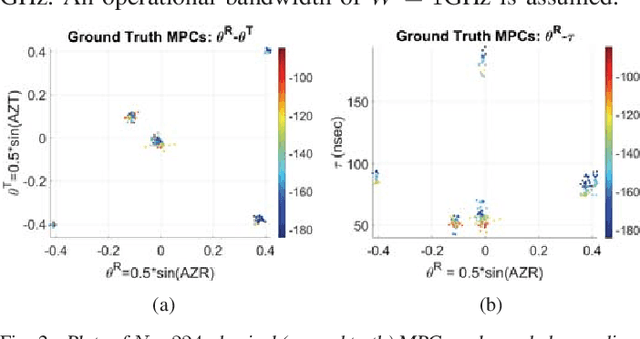
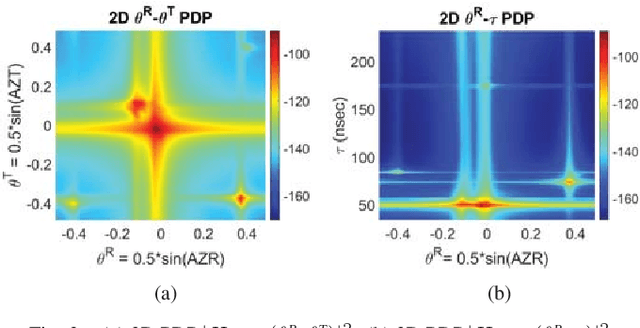
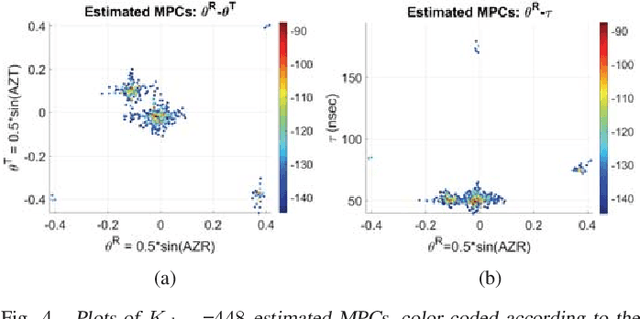
Abstract:A framework is proposed for developing and evaluating algorithms for extracting multipath propagation components (MPCs) from measurements collected by sounders at millimeter-wave (mmW) frequencies. To focus on algorithmic performance, an idealized model is proposed for the spatial frequency response of the propagation environment measured by a sounder. The input to the sounder model is a pre-determined set of MPC parameters that serve as the "ground truth." A three-dimensional angle-delay (beamspace) representation of the measured spatial frequency response serves as a natural domain for implementing and analyzing MPC extraction algorithms. Metrics for quantifying the error in estimated MPC parameters are introduced. Initial results are presented for a greedy matching pursuit algorithm that performs a least-squares (LS) reconstruction of the MPC path gains within the iterations. The results indicate that the simple greedy-LS algorithm has the ability to extract MPCs over a large dynamic range, and suggest several avenues for further performance improvement through extensions of the greedy-LS algorithm as well as by incorporating features of other algorithms, such as SAGE and RIMAX.
 Add to Chrome
Add to Chrome Add to Firefox
Add to Firefox Add to Edge
Add to Edge